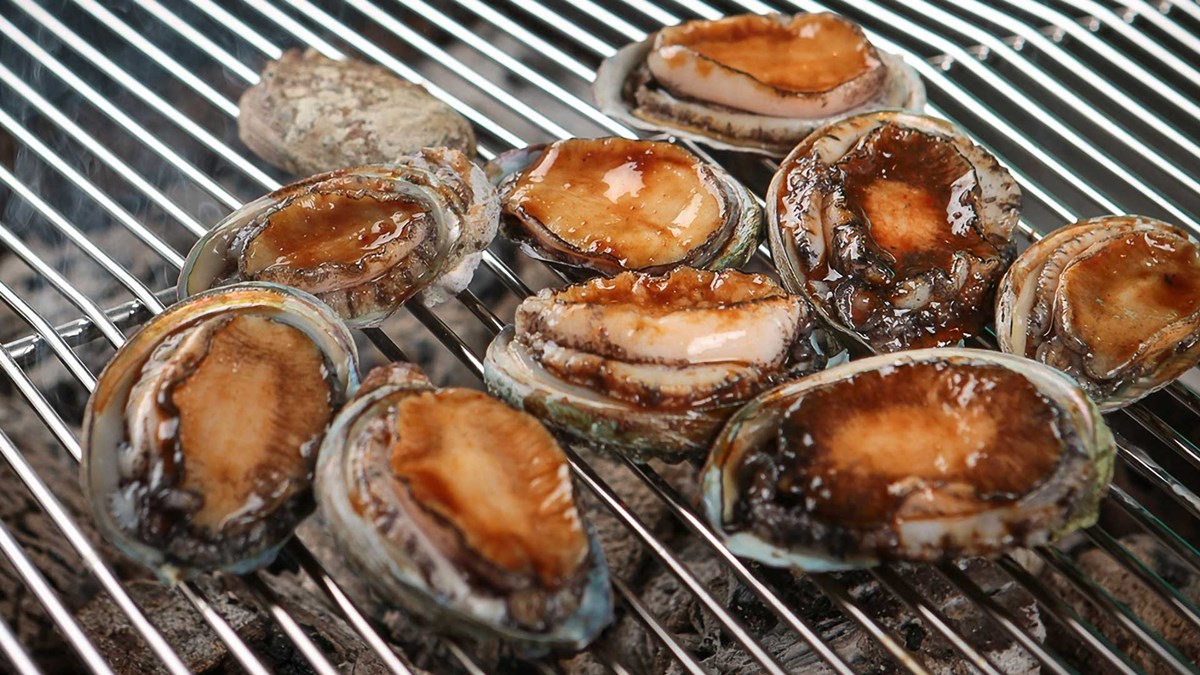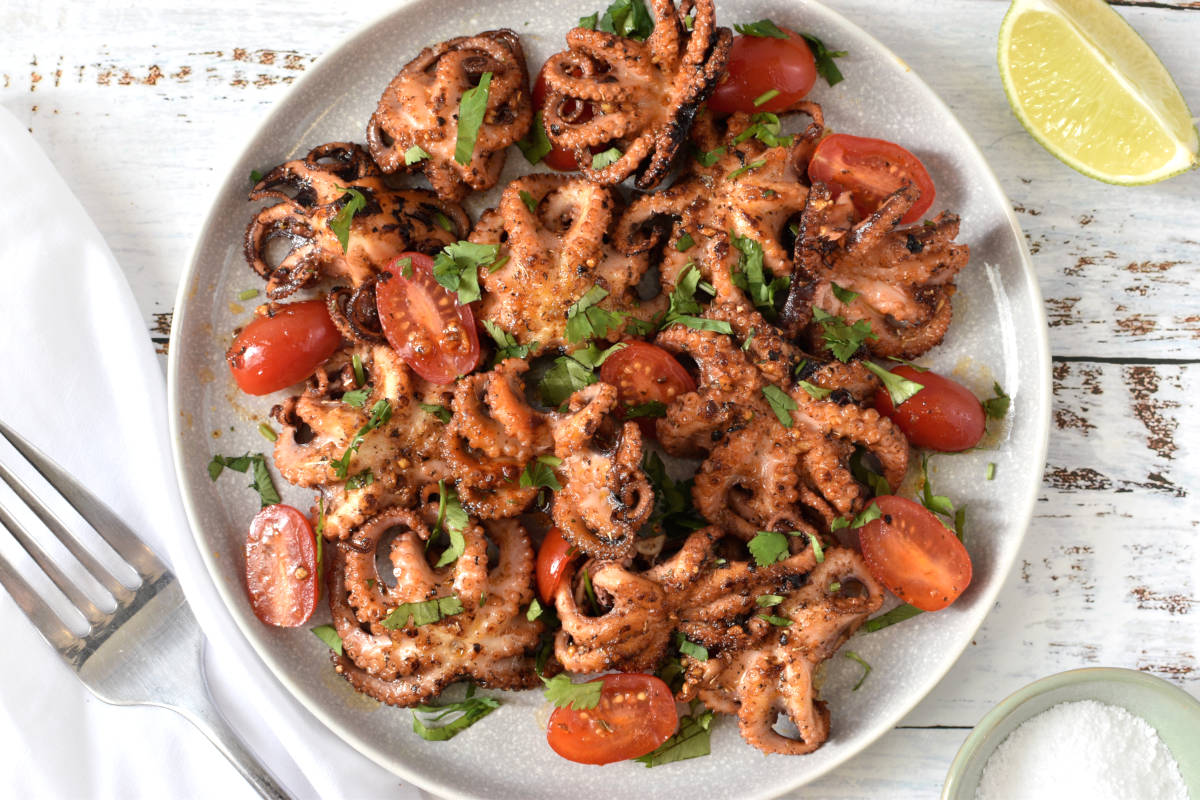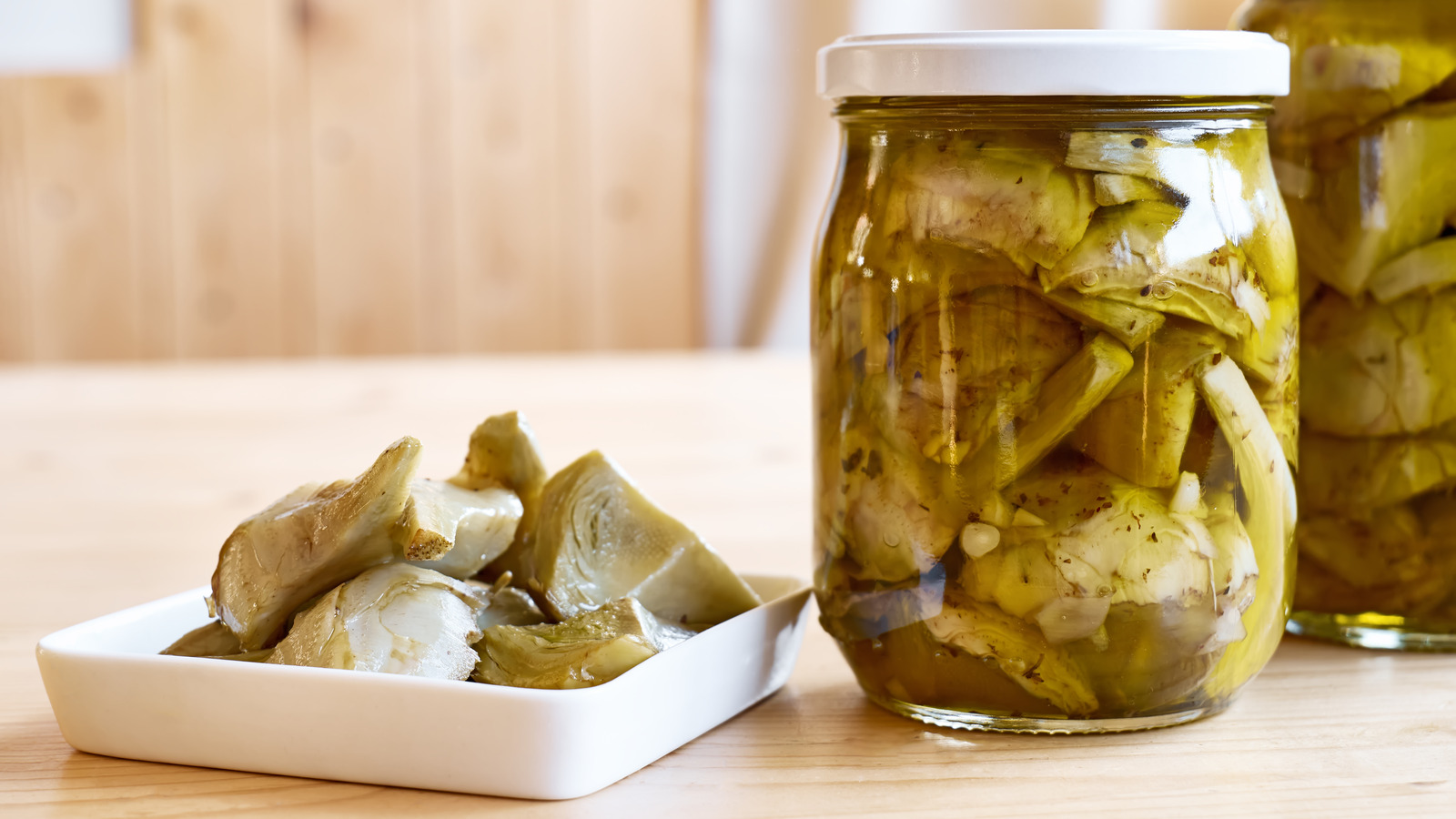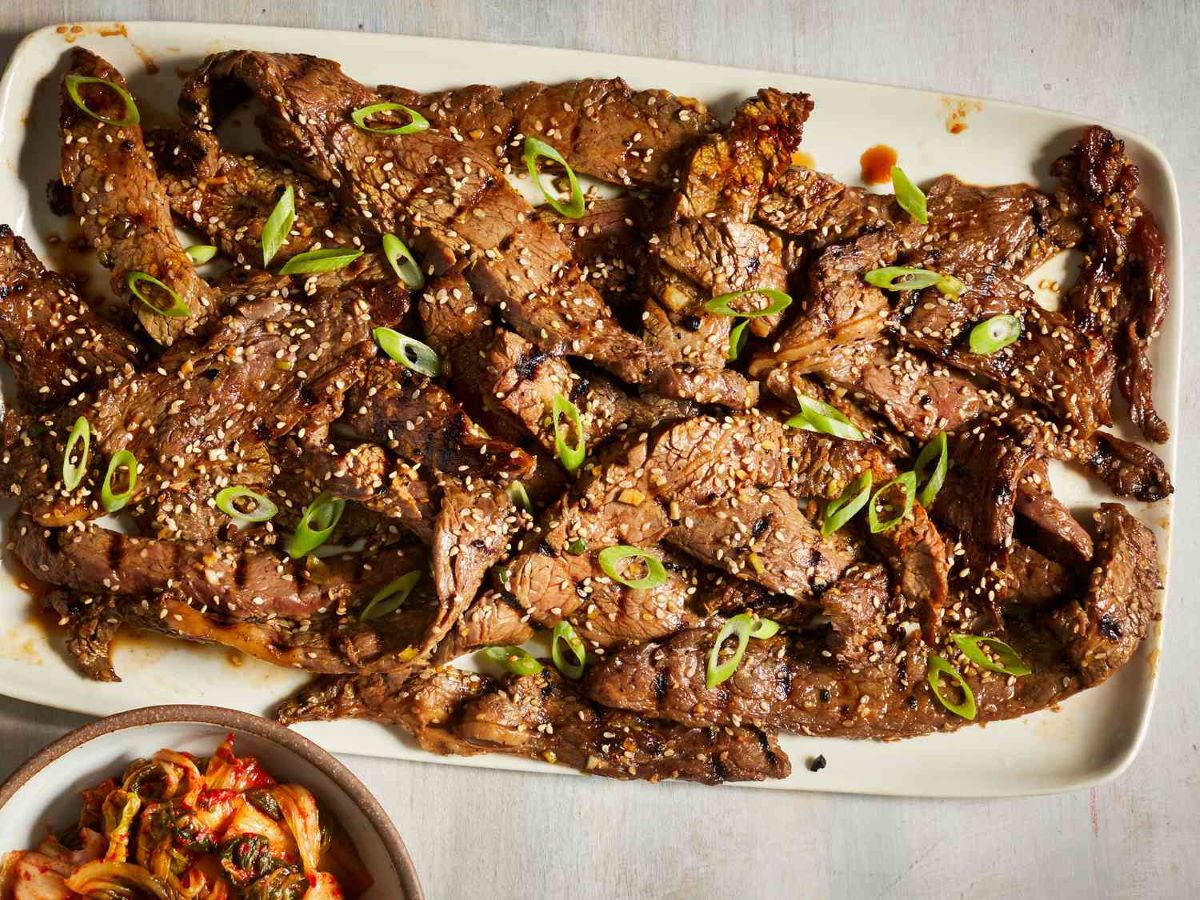Delicious and Nutritious: How to Enjoy Abalone
Abalone is a delectable and nutritious seafood delicacy that is enjoyed by many around the world. Known for its tender texture and rich flavor, abalone can be prepared in various ways to create a memorable dining experience. Whether you are a seafood enthusiast or looking to explore new culinary delights, learning how to eat abalone can open up a world of gastronomic possibilities.
Preparing Fresh Abalone
Before diving into the culinary journey of enjoying abalone, it’s essential to start with fresh, high-quality ingredients. When selecting abalone, look for specimens that are firm, with a vibrant shell and a fresh ocean scent. If you have the opportunity to purchase live abalone, it’s best to prepare them as soon as possible to savor their optimal flavor and texture.
Once you have acquired fresh abalone, the next step is to prepare them for consumption. Here’s a simple guide to preparing fresh abalone:
- Thoroughly clean the abalone to remove any debris or impurities from the shell.
- Gently remove the abalone from its shell and carefully detach the meat from the body.
- Rinse the abalone meat under cold water to ensure it is clean and free of any remaining particles.
- Pat the abalone dry with a paper towel before proceeding with your chosen cooking method.
Exploring Cooking Methods
Abalone can be enjoyed in a variety of ways, each highlighting its unique taste and texture. Whether you prefer a simple and elegant preparation or a more elaborate culinary creation, there are several cooking methods to consider:
1. Grilling
Grilling abalone is a popular method that enhances its natural flavors while imparting a subtle smokiness. Brush the abalone with a light marinade or seasoning before grilling to add depth to the dish.
2. Searing
Searing abalone in a hot pan with a touch of butter or oil creates a caramelized exterior while maintaining a tender interior. This method is perfect for showcasing the natural sweetness of the abalone.
3. Steaming
Steaming abalone preserves its delicate texture and allows it to gently cook in its own juices. Pair steamed abalone with aromatic herbs and a splash of broth for a flavorful and healthful dish.
4. Raw Preparation
For the purists, enjoying abalone raw allows the true essence of the seafood to shine. Slicing fresh abalone thinly and serving it with a drizzle of citrus and a sprinkle of sea salt can be a sublime experience.
Savoring the Experience
Once your abalone is expertly prepared, it’s time to savor the fruits of your labor. Whether you choose to enjoy it as a standalone dish or incorporate it into a larger culinary creation, the key is to appreciate the unique flavors and textures that abalone has to offer.
Pairing abalone with complementary ingredients such as fresh herbs, citrus, and light sauces can elevate the dining experience. Additionally, serving abalone with a side of steamed vegetables or a bed of fragrant rice can create a well-rounded and satisfying meal.
Health Benefits of Abalone
Beyond its exceptional taste, abalone also offers a range of health benefits. Rich in protein, vitamins, and minerals, abalone is a nutritious addition to any diet. It is particularly high in vitamin E, vitamin B-12, and omega-3 fatty acids, making it a valuable source of essential nutrients.
Furthermore, abalone is low in fat and calories, making it a healthy choice for those seeking a balanced and wholesome diet. Its high protein content also makes it a satisfying option for individuals looking to maintain or build muscle mass.
In Conclusion
Learning how to eat abalone opens up a world of culinary exploration and gastronomic delight. Whether you choose to grill, sear, steam, or enjoy it raw, abalone offers a versatile and flavorful dining experience. With its exceptional taste and numerous health benefits, abalone is a seafood delicacy that is sure to impress and satisfy even the most discerning palates.
So, the next time you have the opportunity to indulge in this exquisite seafood, embrace the experience and savor every delectable bite of abalone.
More Delicious Abalone Recipes to Try
For those eager to apply their newfound knowledge on how to eat abalone, a variety of recipes are at your disposal to explore the versatility of this luxurious seafood. From the delicate flavors of Explore Abalone Sashimi to the comforting warmth of Make Abalone Porridge, each dish offers a unique way to enjoy abalone. I recommend trying the Try Grilled Abalone for its smoky richness complemented by fresh herbs, or the Discover Abalone Pasta for a decadent fusion of creamy sauce and tender abalone. These dishes not only showcase the subtle, buttery texture of abalone but also allow you to practice various cooking techniques, enhancing your culinary skills.











